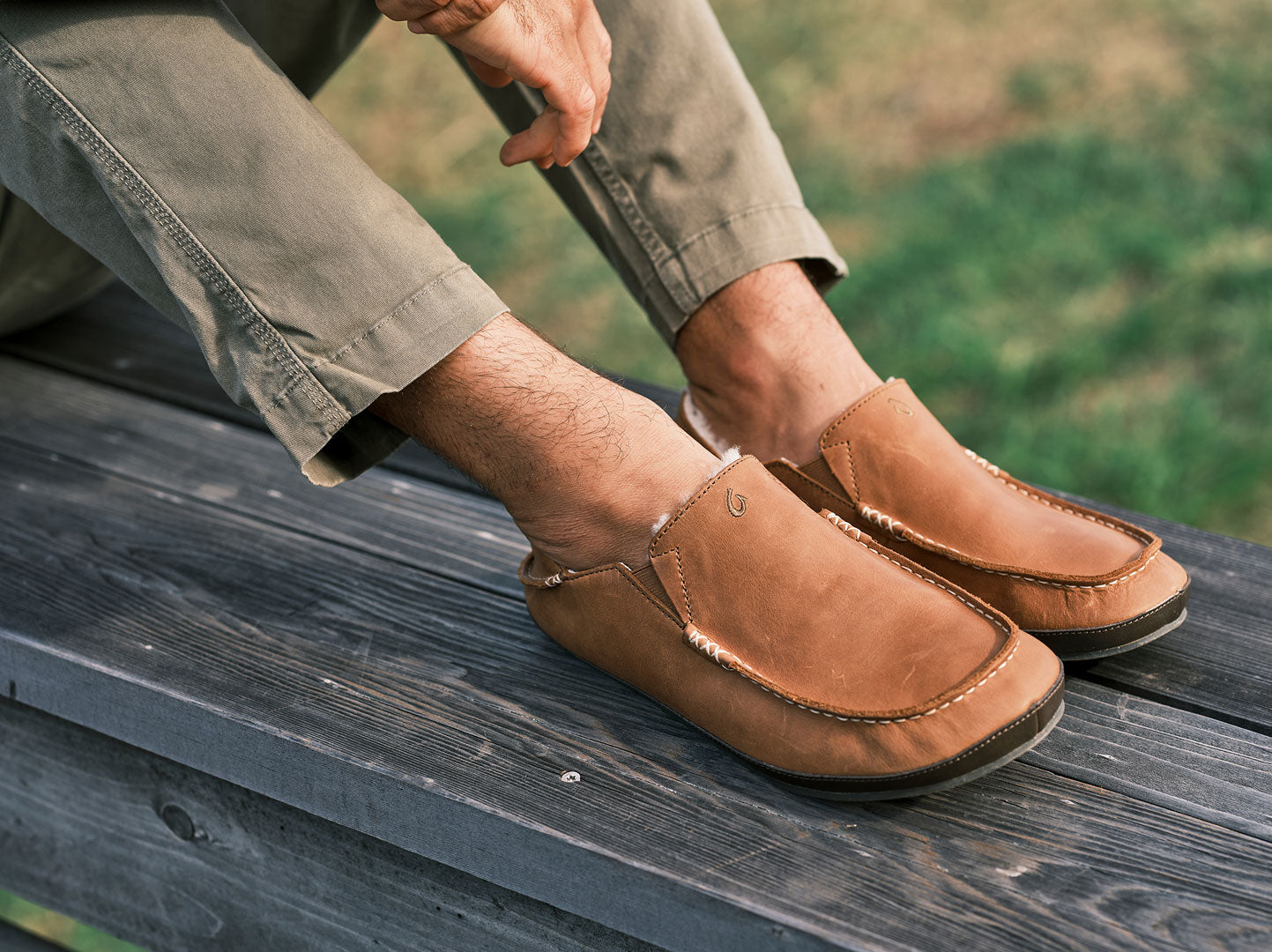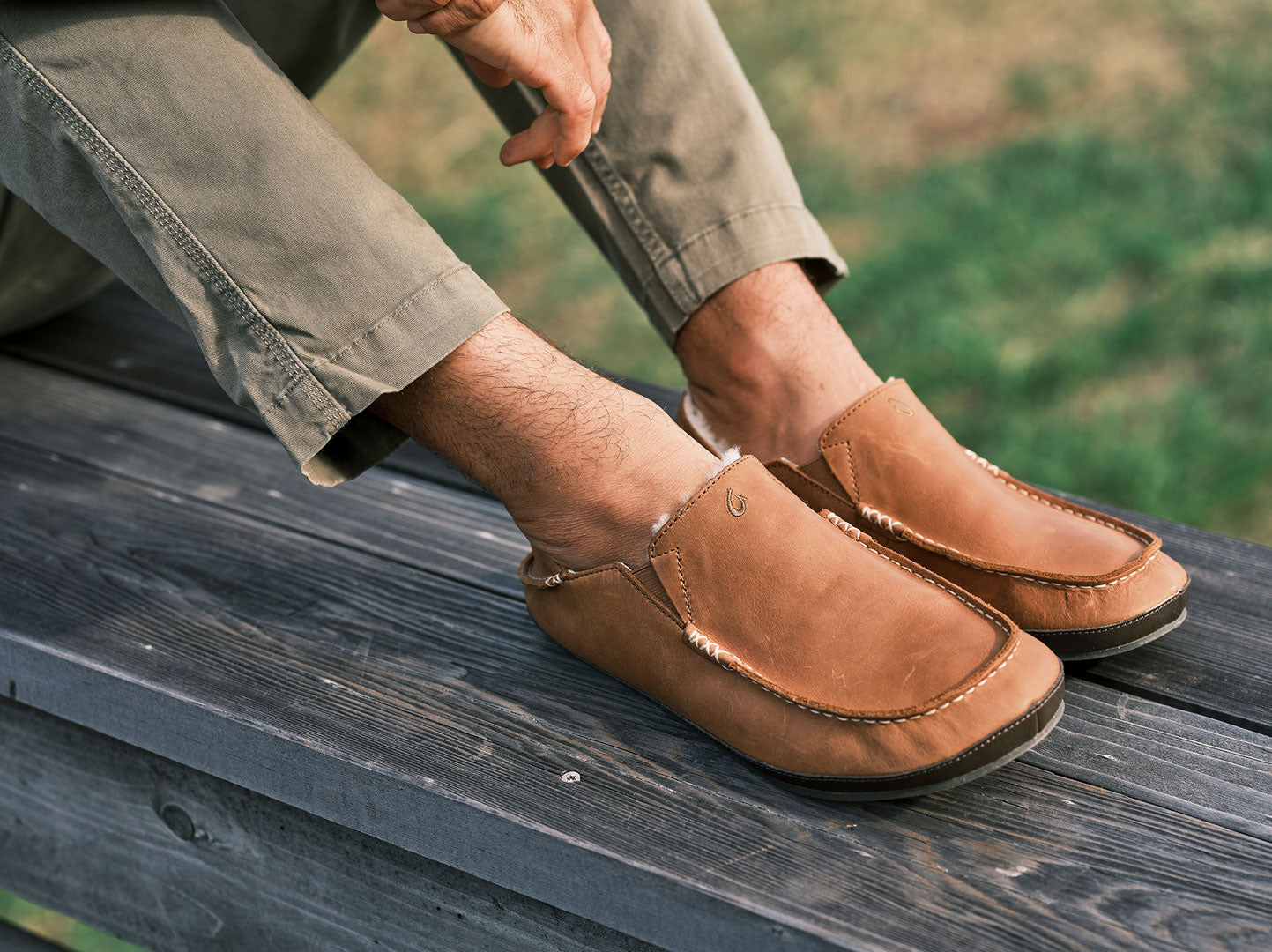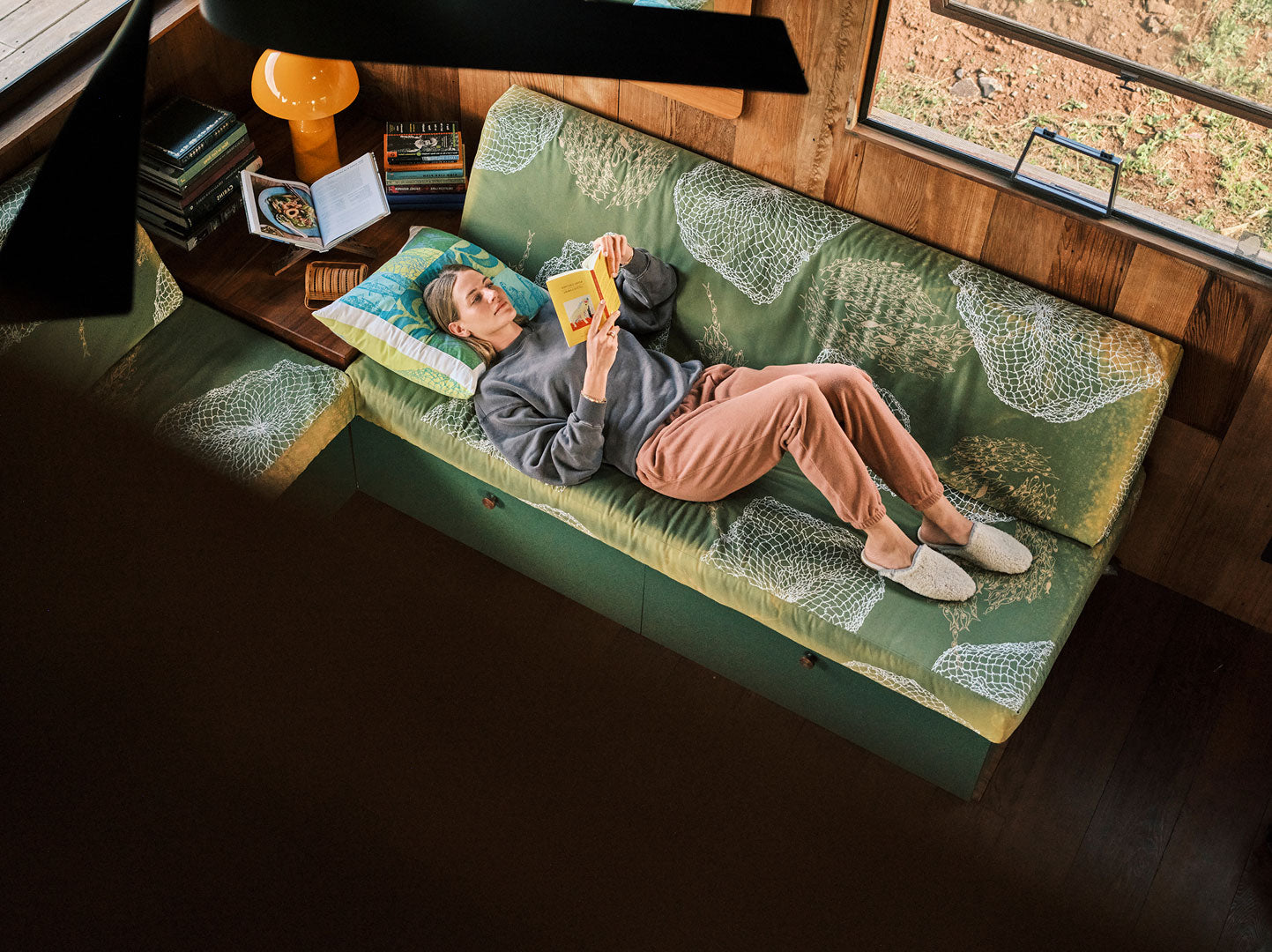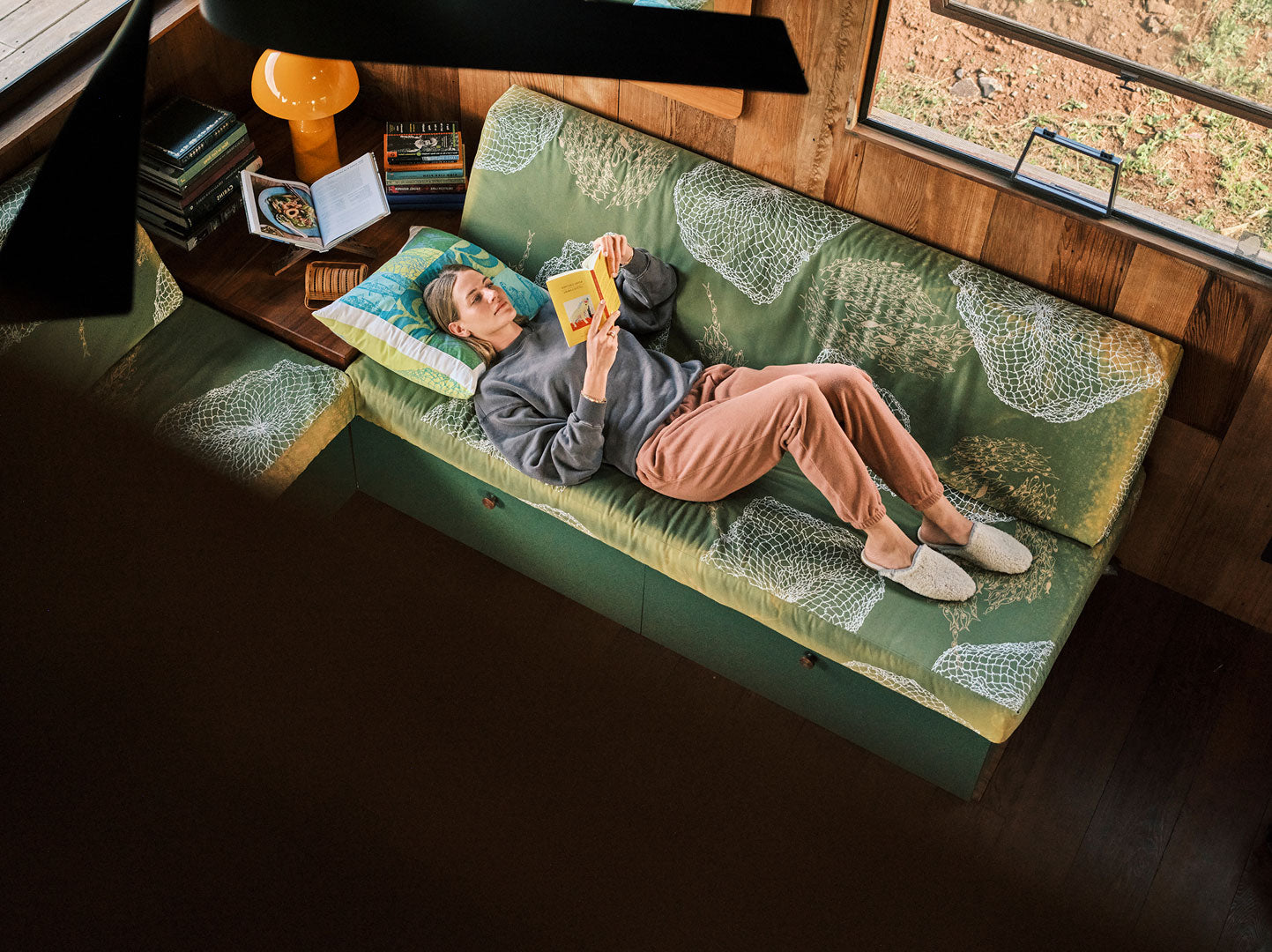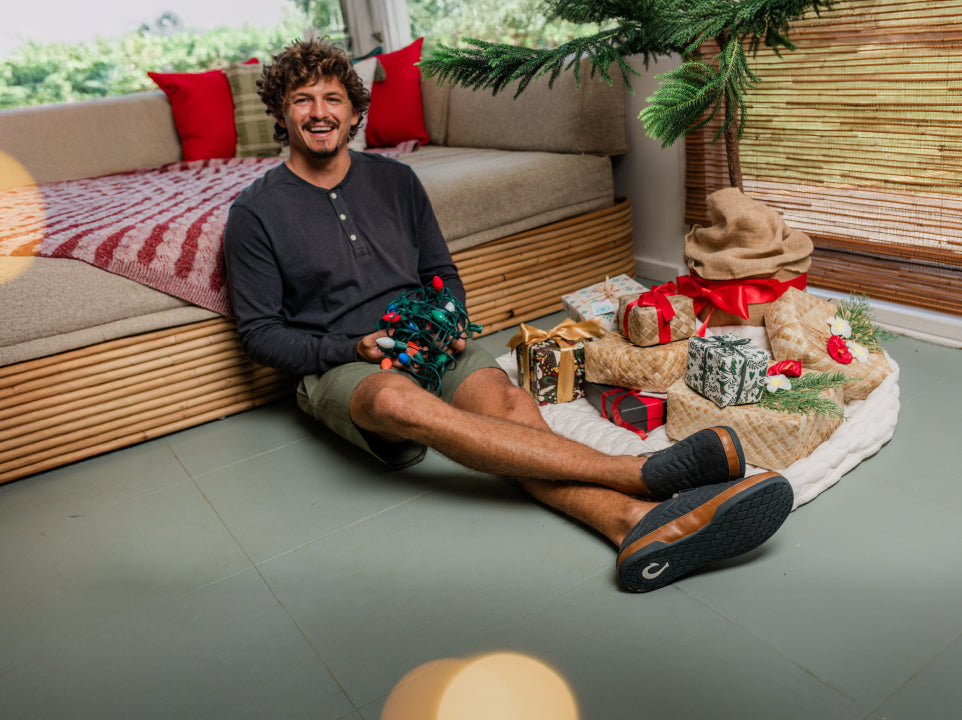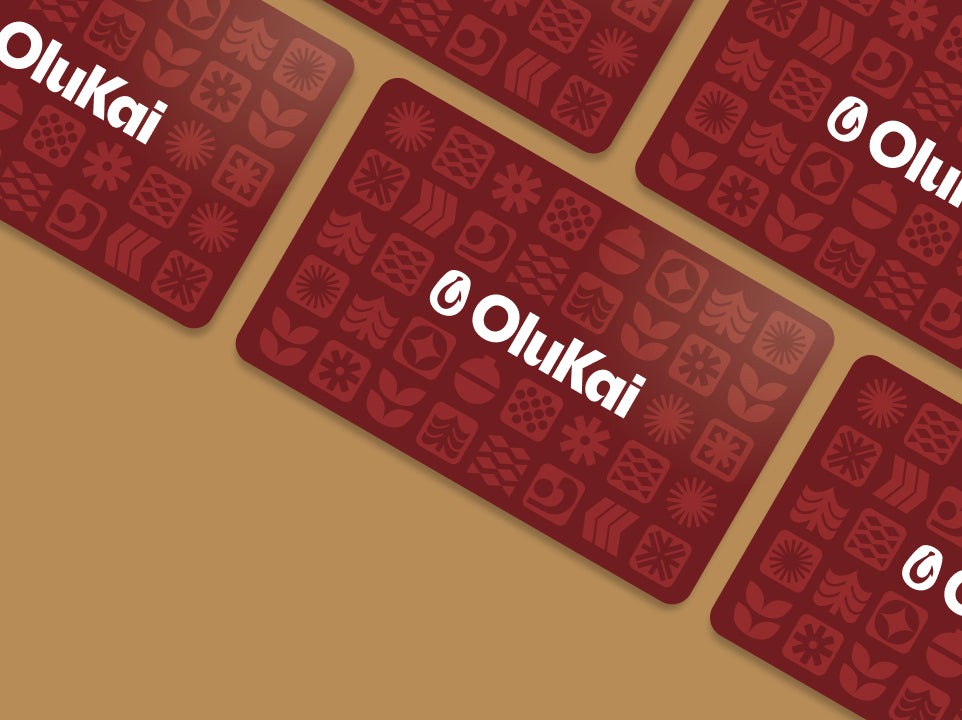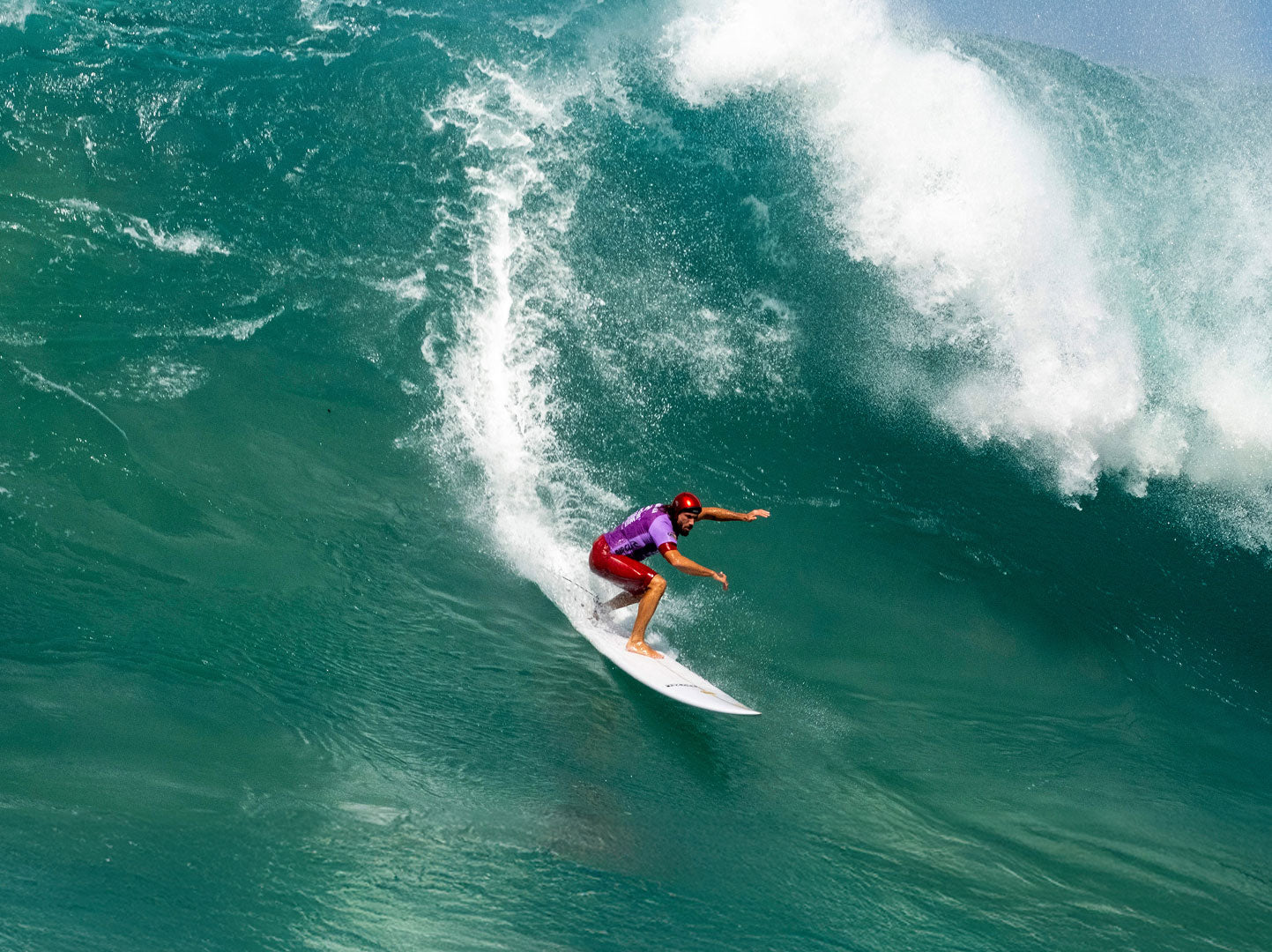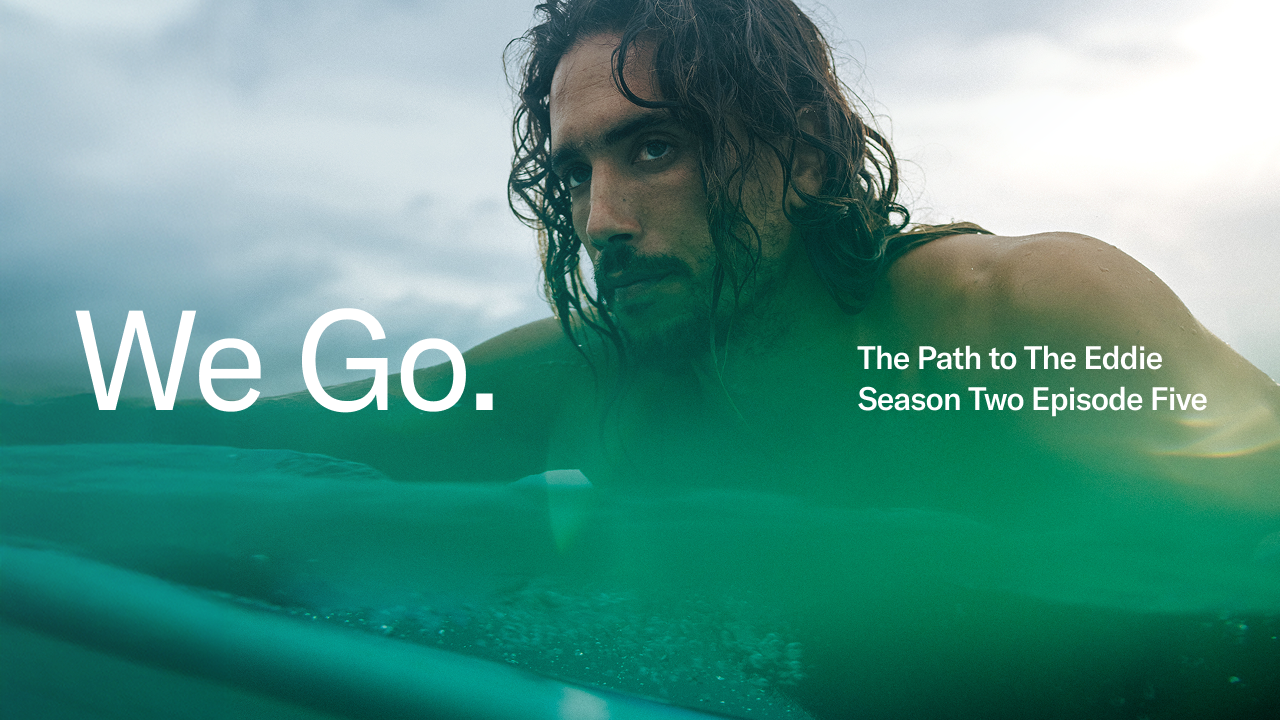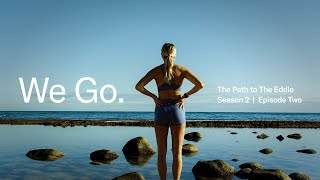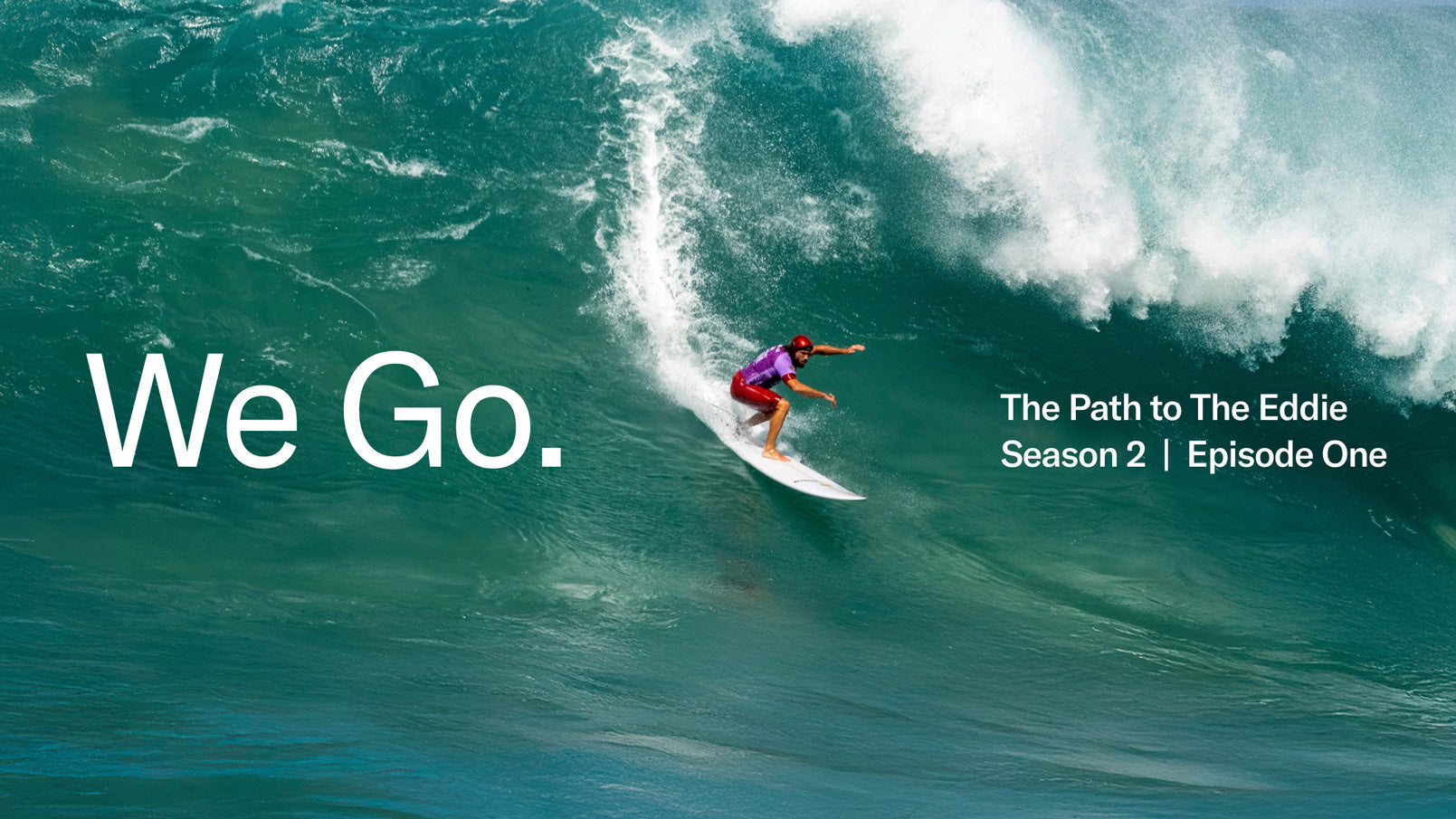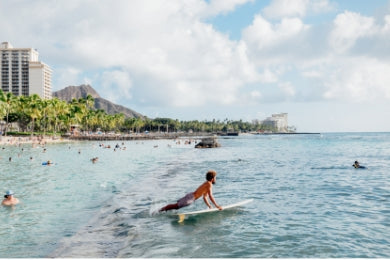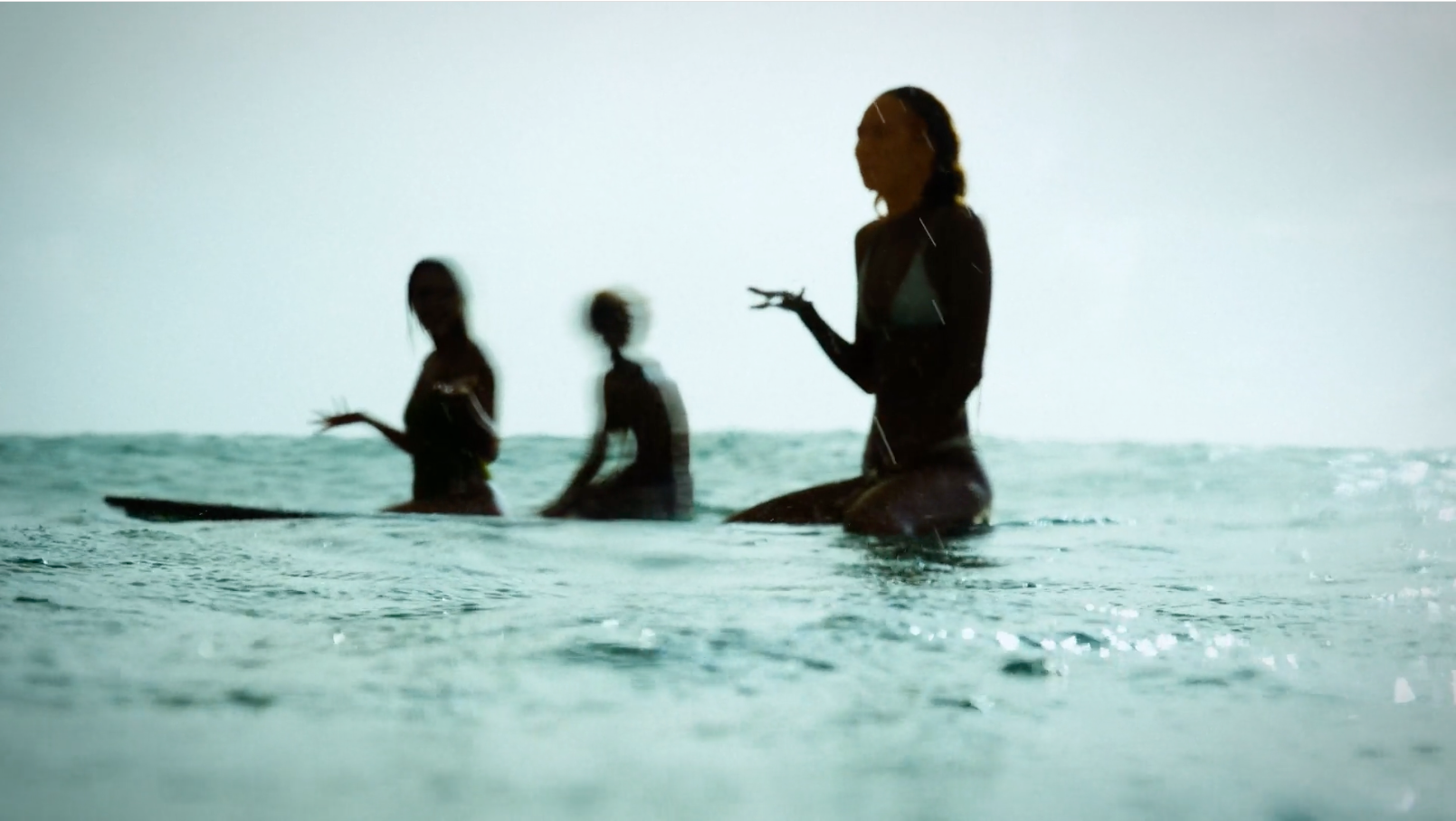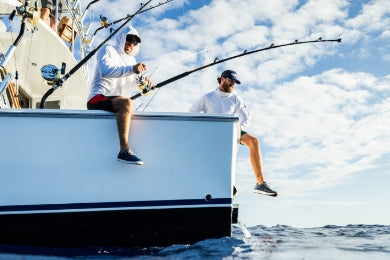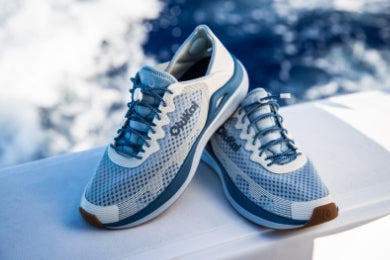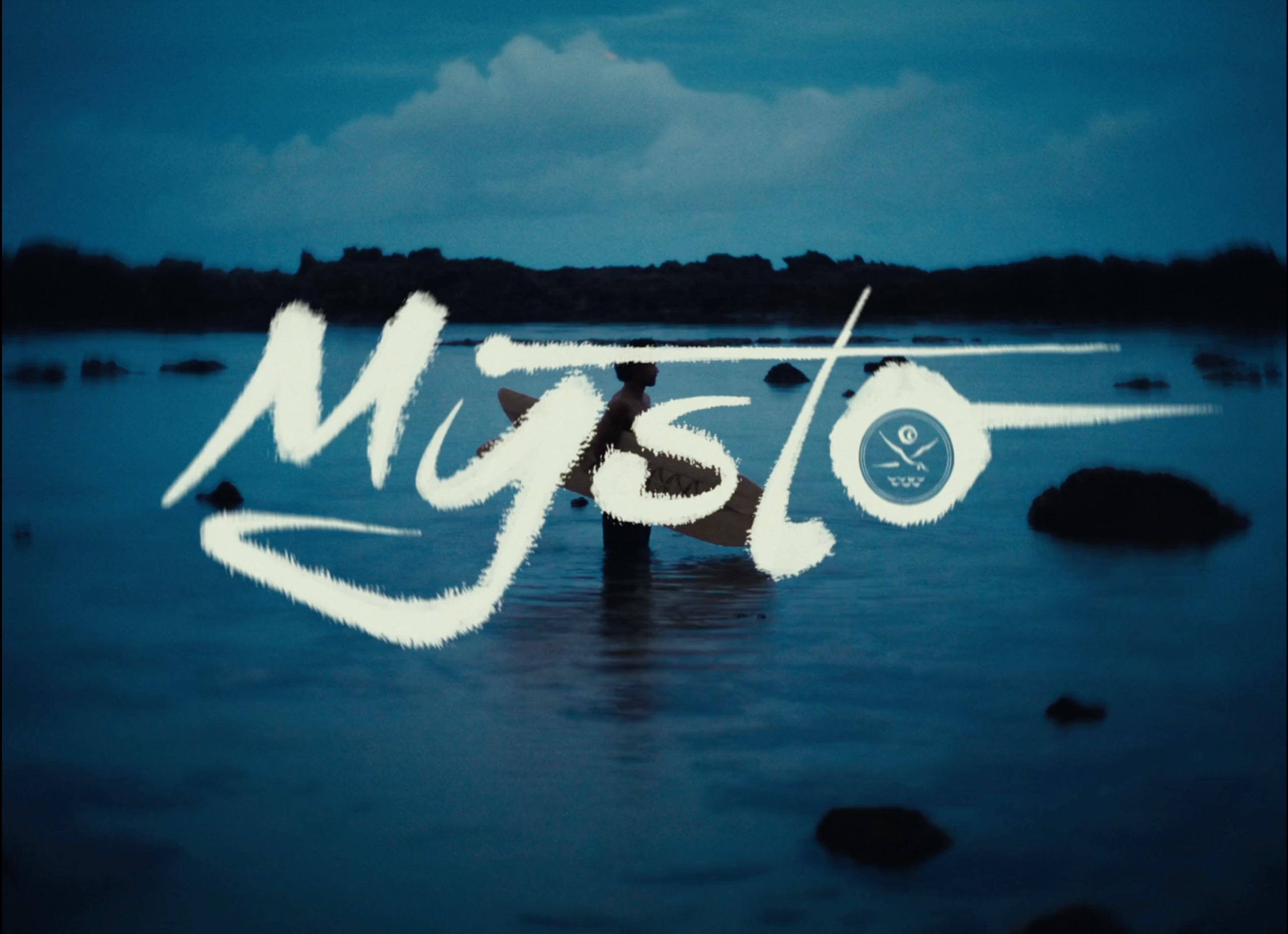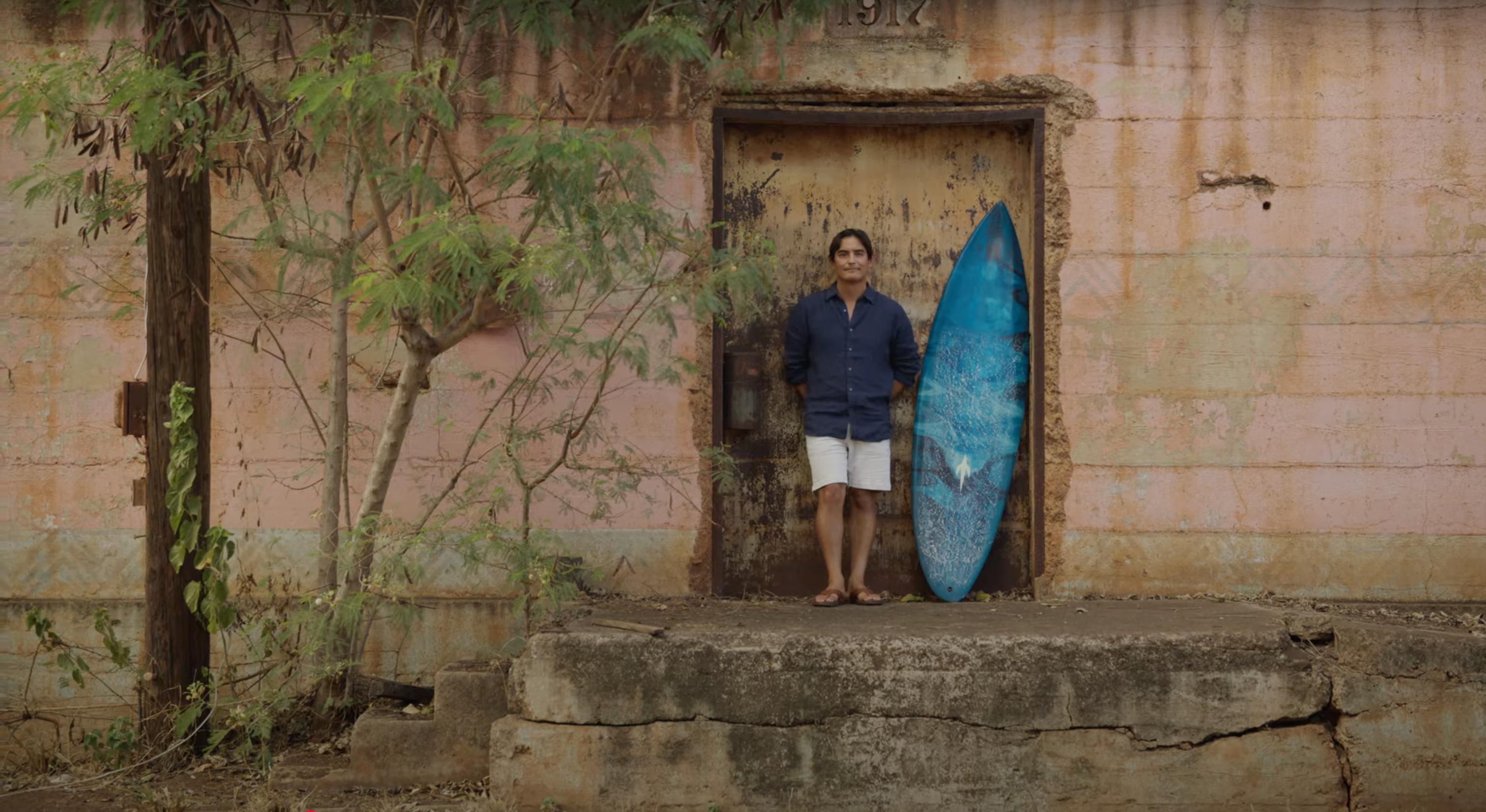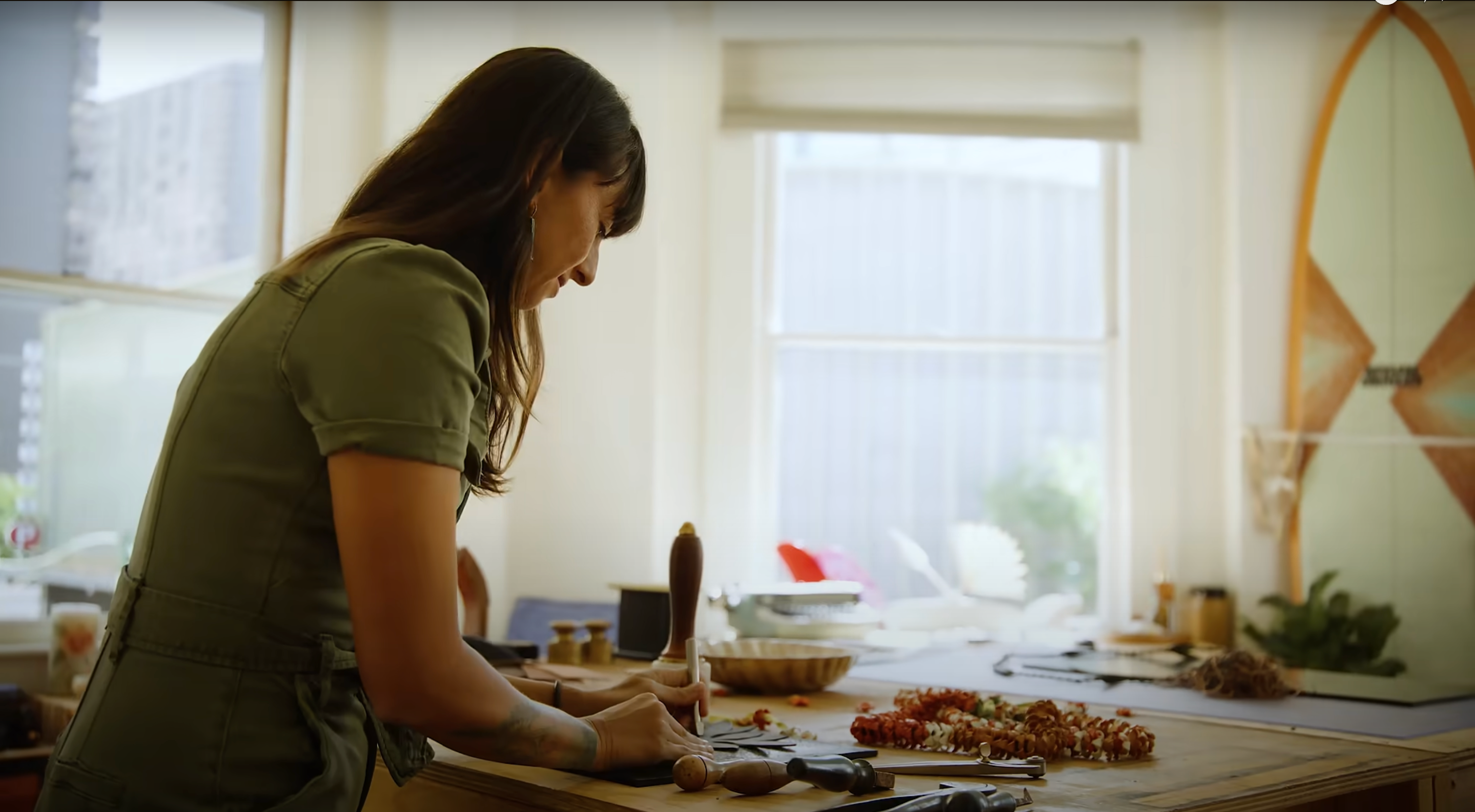Molokai: Where Memories Are Made
Steeped in mystery and mysticism, the shark-shaped Hawaiian Island of Molokai, fifth largest and least developed of the eight inhabited islands in the 136-island chain, rises like an elegant emerald set in a sapphire sea. Molokai is just ten miles wide and only 38 miles from end to end. Showcasing many of nature’s most spectacular wonders, Molokai is home to Hawaii’s highest waterfall and largest collection of native-crafted fishponds, the world’s highest sea cliffs, deeply hidden coves, Hawaii’s longest fringe coral reef, lush rainforests, rolling sand dunes, and miles and miles of isolated golden sand beaches.
History Of Molokai
Born by three violent volcanic events more than one and a half million years ago, the long, narrow fish-shaped island presents a dramatic yin and yang like division; one side lush and verdant, the other side a wild and desolate red-dirt desert with slight intrusion by man.
A Heritage Of Aloha
In ancient times, the early Polynesian settlers worshiped Kanenuiakea, the source of the lights of heaven, the spawn of the sea, and the life of the land. According to teachings of old, Kanehulihonua was the first man that the great God made from the earth, and Keakahulilani the first woman. It is said that because of them, the God looks on mankind with aloha and men became the children of God. Influenced by their beliefs and rich historical heritage, the old ways still govern the life on Molokai as residents bid welcome to eco-adventure travelers seeking to explore their bit of paradise known affectionately as the “friendly, most Hawaiian isle”.
Lifestyle And Lineage
Bereft of all but the most basic accommodations to tourism, Molokai, by lifestyle and lineage, has earned the enviable reputation of retaining the essence of the “real Hawaii” where the “old ways” are embraced, and more people of native Hawaiian descent live than on any of the other Hawaiian Islands. The majority of the island’s resident population of 7,000 lives a laid-back lifestyle on the southern plain, subsiding on fishing, farming, and hunting axis deer and wild pigs. On Molokai, there are no traffic lights, no buildings taller than a coconut tree, pastel sun-faded, vine covered cottages line the rural roads, offset by rolling fields of pineapple, papaya, coffee, and corn.
Spectacular Scenery
Stretching more than 14 miles, the island is home to majestic 3,250-foot sea cliffs laced by racing rivers, cascading waterfalls, and deep verdant valleys, a brilliant example of ancient aquaculture. The early Polynesian settlers crafted an intricate system of elaborate hand-built stone diversion ditches, terraces, trenches, and waterfalls to irrigate taro patches.
Birthplace Of Hula
Stories of old reveal that Laka, Pele’s younger sister and goddess of the hula, first gave voice to the melodic chants and rhythmic moves of the dance on Molokai, at a sacred site in Ka’ana. Every May, a celebration held on Molokai pays tribute to Laka and the birth of Ka Hula Piko (hula).
Aloha With A Take It Or Leave It Attitude
Even though the native people of Molokai stoically endure the transitional acculturation from ancient beliefs and customs to today’s modern thoughts and concepts, they remain ambivalent to tourism, believing that commercialism will destroy their peaceful way of life.
If you are dreaming of a luxury vacation retreat in a sleek, high-rise hotel surrounded by elegant restaurants, unique shopping venues, and upscale amenities, think again. Rough and rugged, the rusty red back roads of Molokai aren’t for everyone. However, if you seek a glimpse of the “old Hawaiian culture,” love remote places, and seek your own spirit-guided adventure, you will love discovering the secrets of the dunes.
For those that like to explore, the best way to discover Molokai is by foot, horseback, mule, kayak, bicycle, or boat. Visitors are advised to pack sturdy hiking boots, water waders, insect repellent, and plenty of sunscreen.
The world famous sea cliffs are only approachable by sea during the summer months when the waters of the Pacific are calm, or by an arduous ten-mile trek across the floor of the Wailua Valley, a trail only attempted by a handful of the most the hale and hardy hikers.
Many islands residents live in or near the rustic village of Kaunakakai ,where mile-marker 0 divides the elongated ridge-backed island from east to west. Visitors that follow the coastal highway eastward are treated to spectacular seascape vistas that encompass Maui, Lanai, Kahoolawe and the magical jewel-like fringing reef protecting the coastline from the assault of the unforgiving sea.
Unsurpassed Recreational Opportunities
Anchored in Kanunakakai, Molokai Fish and Dive offers whale watchers an “up close and personal” shipboard view of the estimated 10,000 Humpback Whales that frequent the Kalohi and Kaiwi Channels each winter.
Relax, unwind, and make memories in Molokai that will last a lifetime. Don’t miss scuba diving or snorkeling the crystal clear waters resplendent with green sea turtles, manta rays, dolphins, and vibrant tropical fish. Lace up your boots for the Halawa Valley Falls Hike where a local guide will bring alive the ancient history of the archeological sites you will encounter on the winding trail to Moaula Falls.
Elsewhere about the island you will encounter a flat fin-like jaw-dropping beauty of the isolated peninsula known as Kalaupapa, the leper colony established in the early 1860s where Father Damien de Veuster of Belgium dedicated his life to providing comfort and care of those afflicted. On the mauka side of Molokai on the outskirts of Kaunakakai, the sculptured volcanic land elevates from sea level fishponds to the cool hills and lush Molokai Forest where it again inclines dramatically to the stellar mountain peaks and near mile-high summit of Mount Kamakou.
For more information on the mysteries of Molokai, visit PacificHistoricParks.org.
